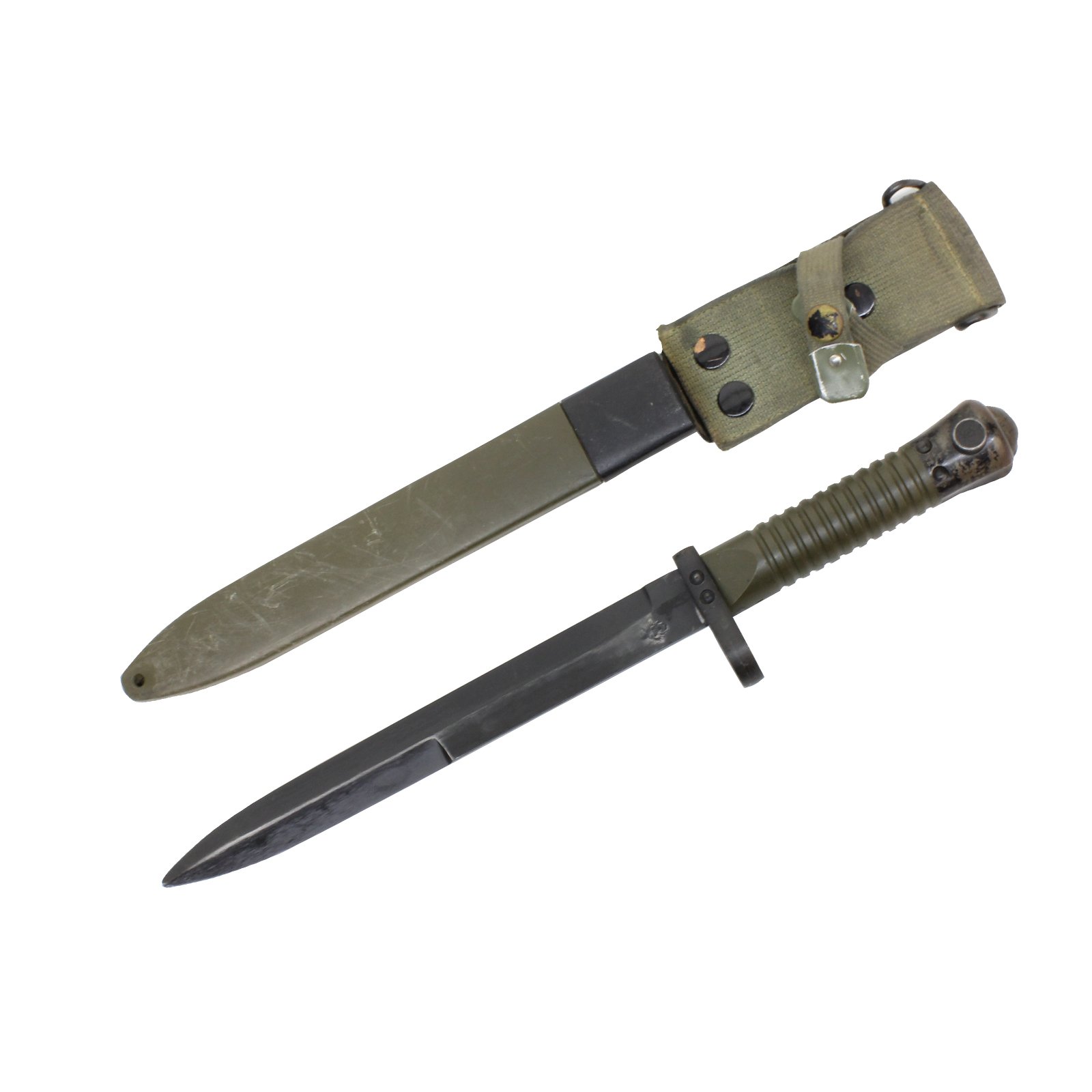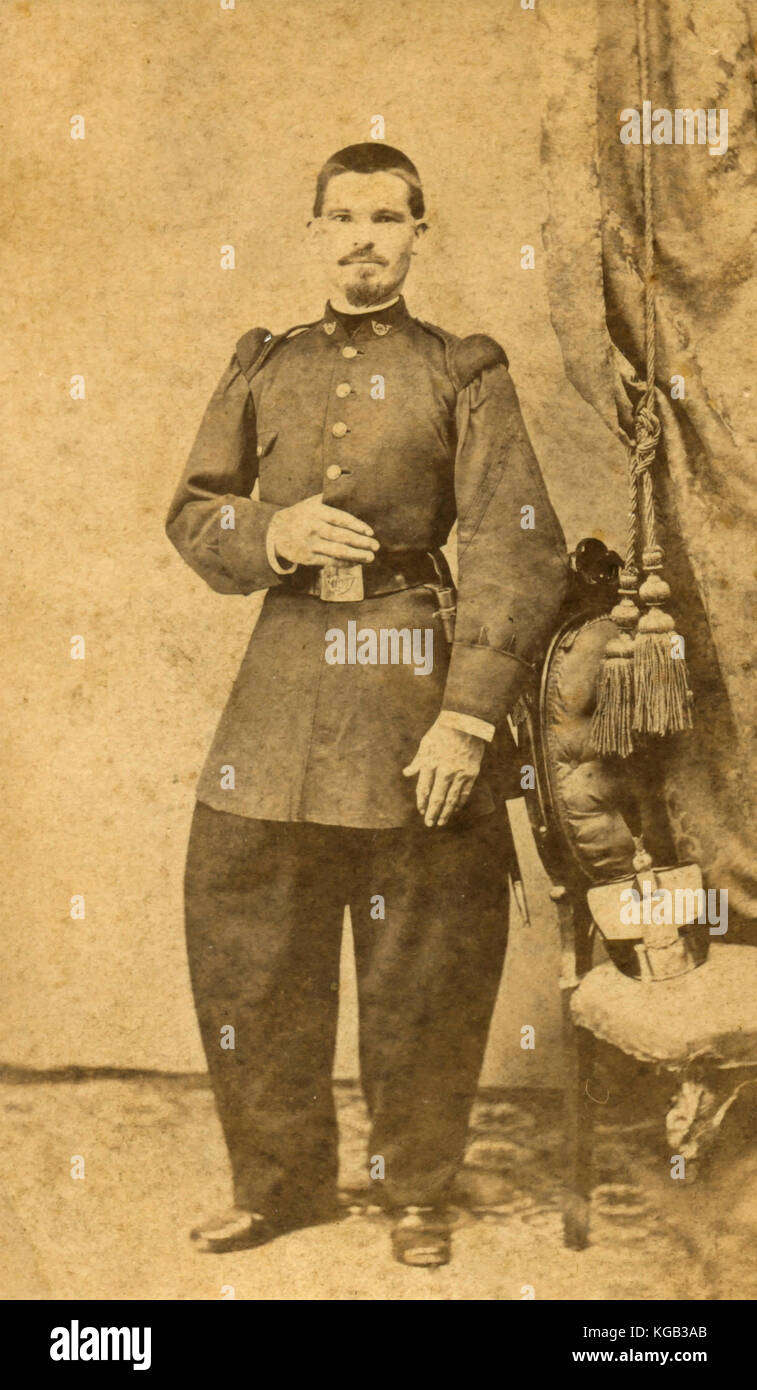Military In Spanish - Spanish Legion soldiers prepare for the start of the Spanish National Day military parade Credit: Pablo Blazquez Dominguez/Getty
The Spanish Legion plans to adopt a weight-loss plan for thousands of its soldiers, it was reported on Thursday, amid concerns that their tiny physiques could tarnish the image of the elite force.
Military In Spanish

The nation's legionnaires became the subject of Twitter lust last year after users noticed their low-key uniforms at military parades. But such polished frames may not be the norm, according to an internal document from the Spanish newspaper
Foreigners No Longer Need Military Authorization To Buy A Home In Locations Of Strategic Interest For National Defence.
A report by the Legion's Central Command Brigade said 3,000 soldiers should undergo a body mass index (BMI) test, followed by a year-long supervised diet and exercise program for those found to be overweight.
"BRILEG (Legion Brigade) is stuck in a situation that requires a number of measures to reduce obesity among their personnel," it said, calling for swift action against what has become a "difficult scenario".
The document blames the high average age of crew members, "physical deterioration", boredom with the training methods on offer, and general social acceptance of obesity for the spread of the problem.
To get soldiers back in top shape, the Legion is planning a multi-pronged approach that includes physical and psychological measures, as well as sanctions for those who fail to slim down.
The Spanish Civil War's Forgotten Arab Republicans
Soldiers must be informed that it is not enough to pass the legion's physical fitness test, the document states.
. "Without more rigour, we will be doomed to lose prestige as a fighting unit," he added.
Team members will be enrolled in the plan if their BMI is determined to be greater than 27. Participants will be offered personalized diet and exercise programs and will be monitored regularly, with frequency depending on whether they are overweight (BMI between 27 and 30), mild obesity (BMI 30 to 35) or moderate to severe obesity (35 and over).
Those who do not abate will face progressive sanctions, including bans on military parades or other public activities, loss of bonuses or awards, or even exclusion from overseas operations. If they still haven't lost weight after a full year, they can be kicked out of the Legion altogether. The Spanish Army (Spanish: Ejército de Tierra, lit. 'Land Army') is the land arm of the Spanish Armed Forces, responsible for land. - based military operations. It is one of the oldest active armies - dating back to the late 15th century.
Guardsmen, Partner Nations Attend First Air Force All Spanish International Snco Course > U.s. Southern Command > News
The Spanish Army has existed continuously since the reign of King Ferdinand and Queen Isabella (late 15th century). The oldest and largest of the three services, its mission was the defense of the Spanish peninsula, the Balearic Islands, the Canary Islands, Melilla, Ceuta and the Spanish islands and rocks off the north coast of Africa.
During the 16th century, Habsburg Spain's military power steadily increased. The Italian Wars (1494–1559) resulted in the final Spanish victory and hegemony in northern Italy, expelling the Frch. During the war, the Spanish army transformed its organization and tactics, evolving from an armament of mainly pikes and halberds to the first pike and shot arquebusier and pikes. In the 16th century, this formation became a tertiary infantry formation.
Spain fought against its enemies, such as the long Dutch Revolt (1568–1609), protected Christian Europe against Ottoman attacks and invasions, supported the Catholic cause in the French Civil Wars, and fought against the Glands during the Anglo-Spanish War (1585–1604) . The size of the Spanish army grew from around 20,000 soldiers in the 1470s to around 300,000 soldiers in the 1630s during the Thirty Years' War, which tore Europe apart and required soldiers to be recruited from across Europe.
With such numbers, Spain had difficulty financing the war effort on so many fronts. Non-payment of troops led to many riots and riots, such as the sack of Antwerp (1576), in which 17,000 people died.
Spanish Allies And 10th Aamdc Talk Growing Air Defense Interoperability
The Thirty Years' War (1618–1648) drew Spain together with most other European countries. Spain faced the conflict with a strong position, but the ongoing struggle gradually eroded her advantage; the first Dutch, Swedish innovations made the tertio more vulnerable as it had less flexibility and firepower than its more modern counterparts.
Despite this, Spanish armies continued to win major battles and sieges across large areas of Europe during this period. Frch's attempt to enter the war in 1635 put further pressure on Spain, as Frch's victory at the Battle of Rocroi in 1643 was a major boost for Frch. By signing the Peace of Westphalia in 1648, Spain was forced to accept the independence of the Dutch Republic.
Spain remained a major maritime and military power, dependent on the critical sea lanes that stretched from Spain through the Caribbean and South America and westward to Manila and the Far East.

The army was reorganized on the model of the Frch, and in 1704 the old Tercios were transformed into Regimtes. The first modern military school (School of Artillery) was established in Segovia in 1764. Finally, in 1768, King Charles III approved "Royal Ordinances for the Regime, Discipline, Subjection, and Service of his Armies", which remained in force until 1978 . . .
Vng Officer Graduates From Spanish Immersive Ile, Assumes Post In Colombia > Virginia National Guard > News
In the late 18th century, Bourbon-ruled Spain had an alliance with Bourbon-ruled France and therefore had little to fear from a land war. Its only serious enemy was Great Britain, which had a powerful Royal Navy; Spain therefore concentrated its resources on its naval power. When the French Revolution overthrew the Bourbons, land war with France became a danger which the king sought to avoid.
In the Spanish Army, the officer corps was primarily selected on the basis of royal patronage rather than merit. About a third of the junior officers were promoted from the ranks and held taltus, but had little opportunity for promotion or leadership. The commoners were poorly trained peasants. Elite units included overseas Irish, Italian, Swiss and Walloon regiments, as well as elite artillery and engineer units. In battle, the small units fought well, but their old-fashioned tactics proved difficult to use against the Frch Grande Armée, despite repeated desperate attempts at last-minute reform.
In 1808, Napoleon attempted to overthrow Carlos IV of Spain and place his brother Joseph Bonaparte on the Spanish throne, leading to the Pinsula War. Initially there was little resistance and Spain was occupied. However, the Spanish units soon began to reorganize and form a guerrilla war that ended with a Spanish victory at the Battle of Bailén in the first two months of the war. The defeated Frch evacuated the Pinsula as far as the Ebro valley near the Piraeus mountains, and suffered many humiliating defeats against the regular Spanish army. These were among the first decisive defeats of the hitherto seemingly unbeatable Imperial Army, forcing Napoleon to personally intervene with a huge force, but also led to the War of the Fifth Coalition as the other European powers, led by Austria, were encouraged to declare war. In France. The situation in Frch continued to deteriorate, although Napoleon brought more effective troops into the top, as guerrilla rebels increasingly took control of Spain's struggle against Napoleon and created a more or less unified underground national resistance that the traditional armies of the day were not for. organized. or is yet prepared.
Until 1812, however, the army controlled only scattered plains and could only pursue the Frch with occasional raids.
Thales Successfully Showcases Its Military Radio Communications Spanish Armys
Fortunately for the Spanish, the disastrous Frch invasion of Russia severely weakened the Frch army and forced Napoleon to stop massing troops in Spain, eventually allowing the army, militia and their British allies to drive the Frch out of Spain by 1814.
Main articles: Spanish–American Wars of Independence, Carlist Wars, Philippine Revolution, Spanish–American War, and Cuban War of Independence
Soldier of the 31st Infantry Regiment of the Spanish Army during the Spanish-Moroccan War by Augusto Ferrers-Dalmau

The Spanish army emerged from the Napoleonic Wars devastated by a year of devastating conflict during the Pinsala War.
Active Duty Spanish Officers Hail Retired Officers' Fascist Calls For Mass Murder
A series of conflicts in the Spanish-American colonies for political independence from the Spanish Empire, which broke out in 1808, led to the loss of most of these colonial possessions by 1833.
During these conflicts, many armies from Spain were sent to Spanish America to defeat the Latin American revolutionaries; this effort proved largely unsuccessful. Along with riots in Spain against the Spanish government, Spain's military strength suffered further in the early 19th century after the Napoleonic era. Recognizing the need to reform the Spanish military, the Spanish government enacted reforms during this period to reform and modernize the armed forces into a professional standing army; as part of these reforms, conscription was accepted by the Spanish army.
Spain faced several internal dynastic conflicts in the 19th century, collectively known as the Carlist Wars (1833–1876); these conflicts forced the Spanish state to implement a series of reforms aimed at its military, administrative and social structures.
Due to the Carlist wars and the weakness of the central structures of the Spanish monarchical government,
Members Of The Spanish Legion March With Its Traditional Mascot During A Military Parade To Mark Spain's National Day In Madrid
Spanish military surplus, spanish military orders, spanish alphabet military style, spanish military hat, spanish military, spanish military medals, spanish military uniform, spanish military flag, spanish military hospital museum, spanish military helmets, spanish military equipment, spanish military history

0 Comments